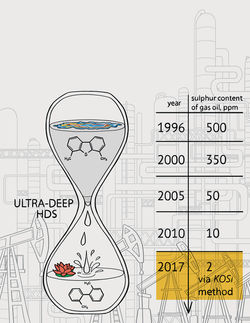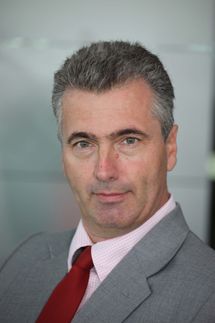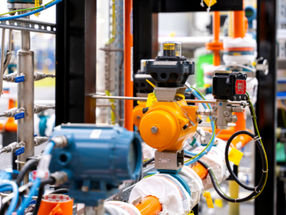LANXESS cuts its global climate gas emissions by more than 50 percent
Total of EUR 80 million investment in new power plants
Advertisement
In the last two years, LANXESS has reduced its direct climate gas emissions by more than 50 percent. From 2007 to 2009, annual emissions from the group’s plants were cut from 3.5 million to 1.5 million metric tons of CO2 equivalents. Emissions per metric ton of manufactured product have also fallen by almost half – from 0.56 to 0.3 metric tons of CO2 equivalents. The goal set for Germany of reducing climate gas emissions by 80 percent by 2012 compared to 2007 has already been reached today. Annual emissions fell from around 1.9 million metric tons of CO2 equivalents to less than 0.3 million metric tons.
“The use of environmentally friendly production processes plays a key role in our global sustainability strategy,” says Rainier van Roessel, member of the LANXESS AG Board of Management. “This year, we plan to build on the successes we have achieved in this area so far by launching a global campaign to reduce emissions and taking a total of four resource-friendly plants for generating energy into operation.”
The first milestone is a new cogeneration power plant for the production of electricity and steam, which LANXESS opened at its Porto Feliz site in Brazil. Here, the group produces inorganic pigments under the Bayferrox brand that are used primarily in the construction, paints and coatings industries, but also in plastics, toners and paper. LANXESS has invested approximately EUR 8 million in the construction of this new on-site power plant. It is run on bagasse, a fibrous component of sugar cane that is left over after sugar production. Thanks to the use of this sustainable, environmentally friendly fuel, energy production takes place on a completely CO2-neutral basis. The amount of CO2 released is no greater than the volume absorbed by future sugar cane crops as they grow. The gradual switchover from fossil fuels to renewable raw materials for power generation at the site began as far back as 2003. The start-up of this new power plant will enable LANXESS to cut emissions of harmful gases at the site to virtually zero. From 2010, our climate gas emissions will decrease by around 44,000 metric tons of CO2 per year compared to 2002 levels. This state-of-the-art, highly efficient plant boasts an efficiency level of 90 percent.
Environmentally friendly energy generation in India and Belgium
During 2010, LANXESS will start up further cogeneration power plants for resource-friendly energy generation in India and Belgium. The total investment in these projects adds up to more than EUR 70 million, spread over several years.
A power plant being constructed at the Nagda site in India will help production there to run independently of external electricity supplies. The facility, which generates four megawatts of power and up to 45 metric tons of steam every hour, will be run on biomass fuels. Following completion, it will cut net carbon dioxide emissions there to zero.
At its second production site in Jhagadia in India, LANXESS is currently building a plant for the production of ion exchange resins. Energy here will be generated by a ultra-efficient plant run on environmentally friendly natural gas.
The energy supply at LANXESS’s site in Zwijndrecht, Belgium, is also being converted this year. In cooperation with the Belgian supplier Electrabel, LANXESS plans to take a cogeneration power plant into operation here to supply the company’s rubber production facilities with energy. Compared to the existing means of generating energy, the new power plant will cut CO2 by around 80,000 metric tons a year and achieve an efficiency level of 90 percent. Besides this new cogen-plant, LANXESS in Belgium runs already one of the very first cogeneration plants in the Antwerp harbor area.
Nitrous oxide reduction in Uerdingen plays a key role
The second unit for reducing the greenhouse gas nitrous oxide (N2O) in Krefeld-Uerdingen has made an important contribution to reducing climate gas emissions so far. This new nitrous oxide reduction unit was officially opened in March 2009 to supplement the system that was already in place. LANXESS is using this new unit to reduce its nitrous oxide emissions by around 5,000 metric tons per year. This corresponds to around 1.5 million metric tons of CO2 equivalents a year. As confirmed recently by the Emissions Trading Authority, LANXESS is able with these two units to separate almost all the nitrous oxide generated. Depending on the utilization capacity, this can be between five and 10 million metric tons of CO2 equivalents a year. With this new second unit, LANXESS has become the technology leader in N2O reduction.



































































